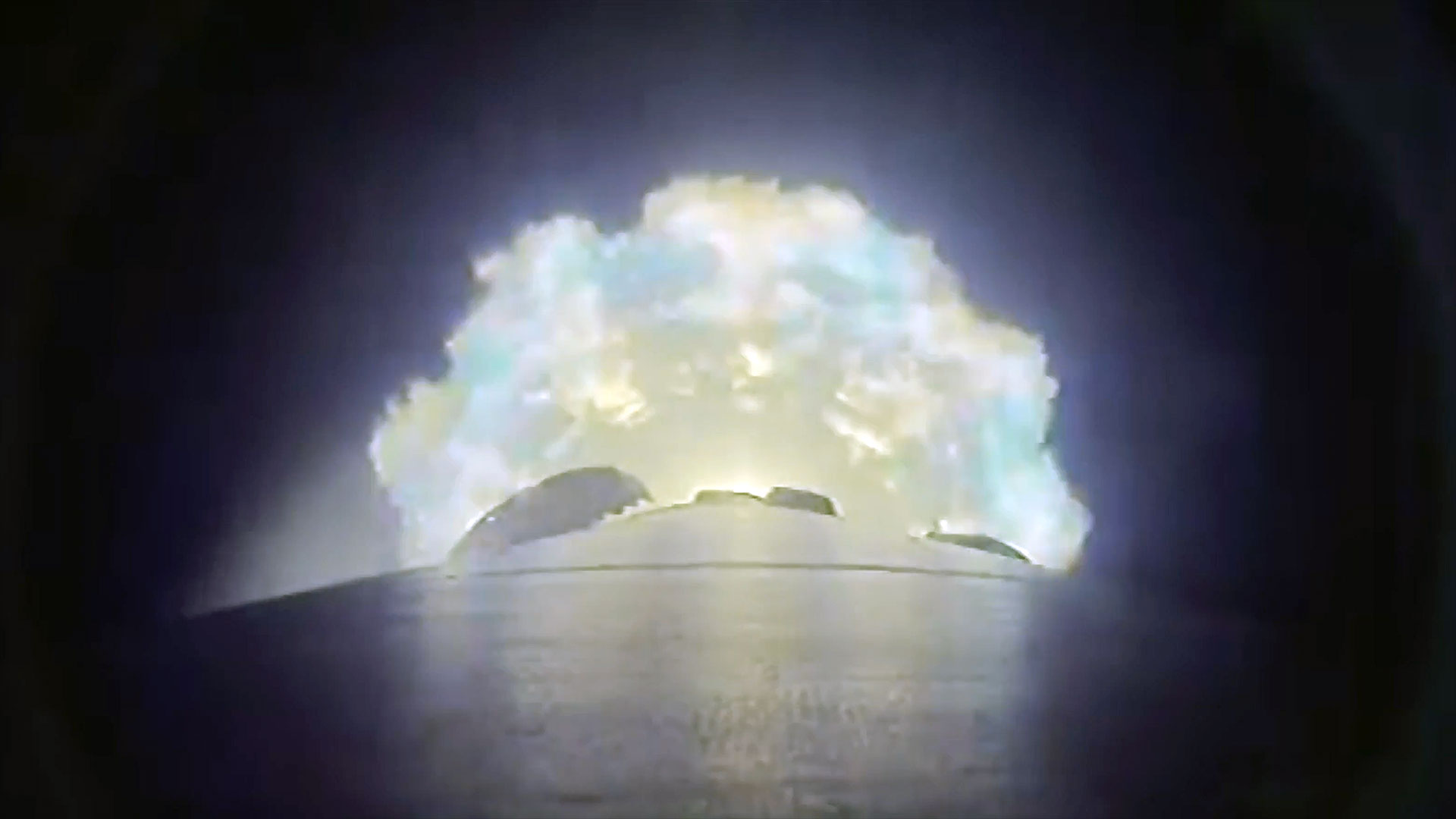Makeup of Potentially Threatening Asteroid Determined
The mineral composition of a near-Earth asteroid with a slight chance of striking our planet in 2036 has been determined for the first time.
By analyzing sunlight reflected off its surface, scientists say the asteroid Apophis is a "good match" for a rare type of stony meteorite known as a type LL chondrite. This group of space rocks represents just 7 percent of the known meteorites that fall to Earth.
The finding, presented last week at an annual meeting of the Division for Planetary Sciences of the American Astronomical Society, could be useful in planning future missions to explore Apophis or in protecting Earth from a future impact.
"Basic characterization is the first line of defense," said study team member Richard Binzel of MIT. "We've got to know the enemy."
Apophis' composition is similar to that of Itokawa, the asteroid visited by the Japanese Hayabusa mission, Binzel told SPACE.com.
Apophis is currently about 158 million miles (254 million kilometers) from Earth and will not be visible again for several years. On Apr. 13, 2029, it will pass within 22,000 miles (35,000 kilometers) of Earth, but there is a small possibility—about one chance in 45,000—that it could be on a collision course with our planet when it comes by again in 2036.
- Catastrophe Calculator: Estimate Asteroid Impact Effects Online
- VIDEO: Killer Asteroids and Comets
- IMAGES: Asteroid Gallery
Breaking space news, the latest updates on rocket launches, skywatching events and more!
Ker Than is a science writer and children's book author who joined Space.com as a Staff Writer from 2005 to 2007. Ker covered astronomy and human spaceflight while at Space.com, including space shuttle launches, and has authored three science books for kids about earthquakes, stars and black holes. Ker's work has also appeared in National Geographic, Nature News, New Scientist and Sky & Telescope, among others. He earned a bachelor's degree in biology from UC Irvine and a master's degree in science journalism from New York University. Ker is currently the Director of Science Communications at Stanford University.
